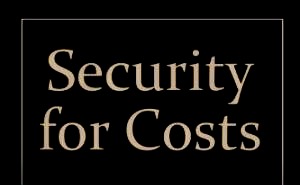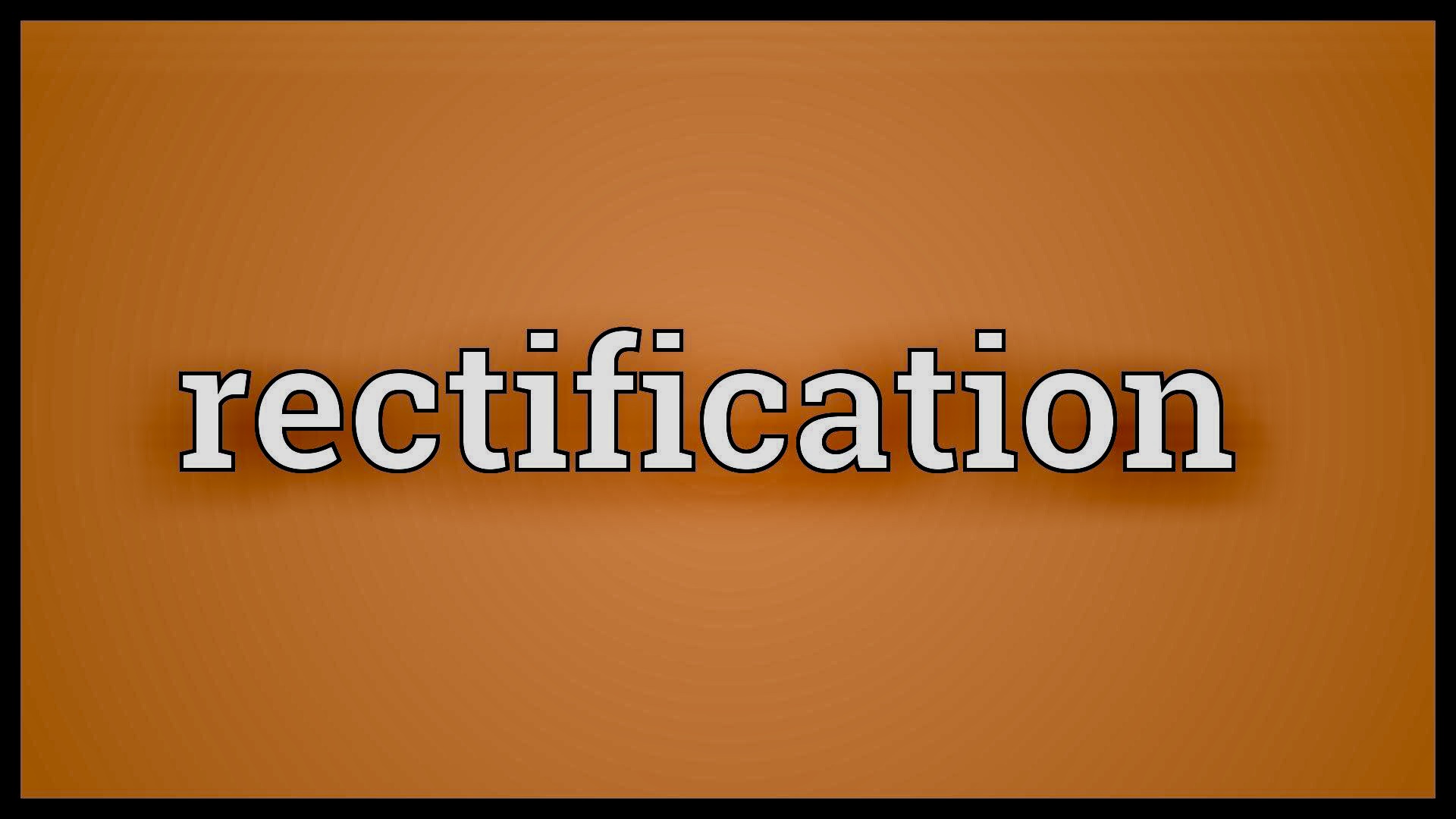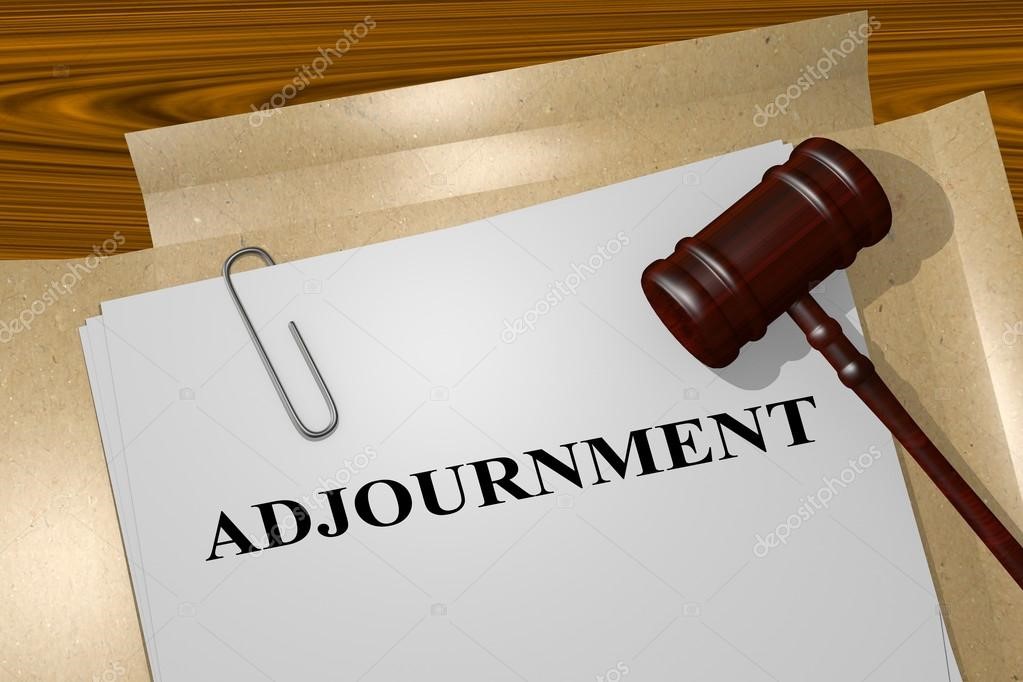The court in Global Chinese Press Inc ( Global) v Zhang et al 2021 BCSC 999 ordered Global to post security for court costs in the amount of $150,000 within 60 days.
Section 236 of the Business Corporations Act, S.B.C. 2002, c. 57 provides:
236. Court may order security for costs
If a corporation is the plaintiff in a legal proceeding brought before the court, and if it appears that the corporation will be unable to pay the costs of the defendant if the defendant is successful in the defence, the court may require security to be given by the corporation for those costs, and may stay all legal proceedings until the security is given.
In Kropp v. Swaneset Bay Golf Course Ltd. (1997), 29 B.C.L.R. (3d) 252 at para. 17 (B.C.C.A), the court set out the considerations that govern an application for security for costs:
1. The court has a complete discretion whether to order security, and will act in light of all the relevant circumstances;
2. The possibility or probability that the plaintiff company will be deterred from pursuing its claim is not without more sufficient reason for not ordering security;
3. The court must attempt to balance injustices arising from use of security as an instrument of oppression to stifle a legitimate claim on the one hand, and use of impecuniosity as a means of putting unfair pressure on a defendant on the other;
4. The court may have regard to the merits of the action, but should avoid going into detail on the merits unless success or failure appears obvious;
5. The court can order any amount of security up to the full amount claimed, as long as the amount is more than nominal;
6. Before the court refuses to order security on the ground that it would unfairly stifle a valid claim, the court must be satisfied that, in all the circumstances, it is probable that the claim would be stifled; and
7. The lateness of the application for security is a circumstance which can properly be taken into account.
[24] An order under s. 236 is discretionary, but once the applicant has shown that the plaintiff will not be able to pay costs should the claim fail, security is generally ordered unless the court is satisfied that there is no arguable defence: Fat Mel’s Restaurant Ltd. v. Canadian Northern Shield Insurance Co. (1993), 76 B.C.L.R. (2d) 231 at para. 16 (B.C.C.A). The law does not treat corporate plaintiffs with the same generosity and flexibility as natural persons opposing an application for security: Kropp at para. 11.
[25] The evidence on this application clearly indicates GCP is insolvent, has no exigible assets, and will be unable to pay costs if it is unsuccessful in this action. In failing to respond to this application, GCP has not filed any evidence to the contrary or suggested any reason why security should not be ordered.










